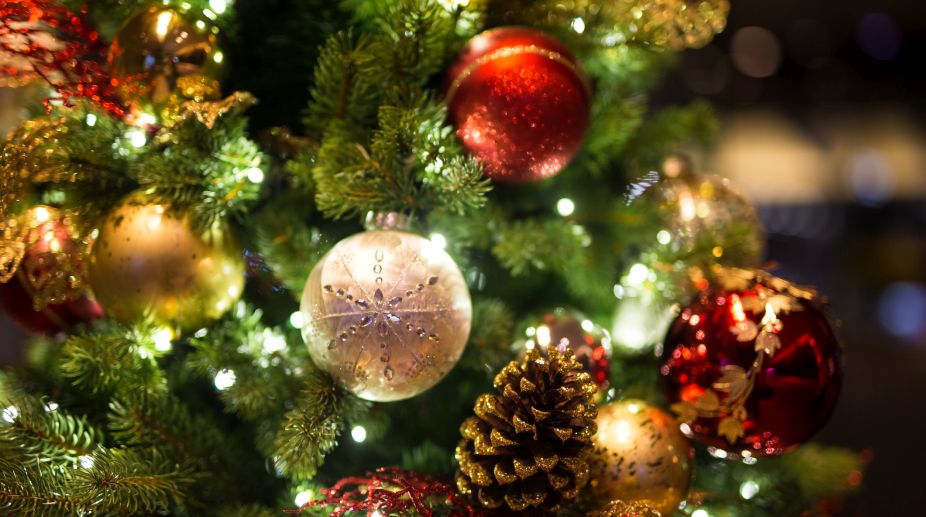‘We flushed out Chinese products from UP markets’: Yogi Adityanath
The Uttar Pradesh chief minister said this during a programme of the MSME Department held.

Everyone celebrates Christmas with their loved ones in fancy restaurants and cafes. But two Bollywood stars decided to do something different this year on Christmas. Varun Dhawan and Kangana Ranaut visited underprivileged kids and celebrated the festival with them. And the smile on their face is just priceless. see pics:
(Photo Credits: Getty Images)
The Russian Embassy last week hosted the traditional fancy ball timed to the end of the Orthodox Christmas week and the Old New Year, coinciding with India’s very own festivals of Lohri, Makar Sankranti and Pongal.
The carnival spirit yet again drew numerous friends of Russia to the embassy’s hospitable halls. The embassy premises were decorated like a bride for the occasion, which saw the participation of nearly 500 guests in various costumes and national dresses at the White Hall. The colourful celebrations were attended by prominent politicians, reputed public figures, businessmen, journalists and diplomats, including envoys of many countries.
The annual gala event had been launched by Alexander Kadakin, late Russian Ambassador and a true friend of India, a few years back. His successor Nikolay Kudashev took personal interest in ensuring that the event remained as popular as it was with the glitterati in Delhi.
Advertisement
The ball was flavoured by the performance of outstanding bands from Moscow. Talented artists worked wonders playing both well-known Russian national tunes and international hits, which made the guests break into dance. Many guests gave free scope to their imagination while thoroughly preparing, sometimes even with the own hands, their costumes. The Christmas and New Year celebrations ended with fantastic fireworks on the embassy’s lawns.
Masquerade balls were a feature of the Carnival season in the 15th century, and involved increasingly celebrate allegorical Royal Entries, pageants and triumphal processions celebrating marriages and other dynastic events of late medieval court life. They were extended into costumed public festivities in Italy during the 16th century Renaissance (Italian, maschera). Being held for members of the upper classes as generally elaborate dances, masquerade balls became popular throughout mainland Europe in the 17th and 18th centuries.
Advertisement